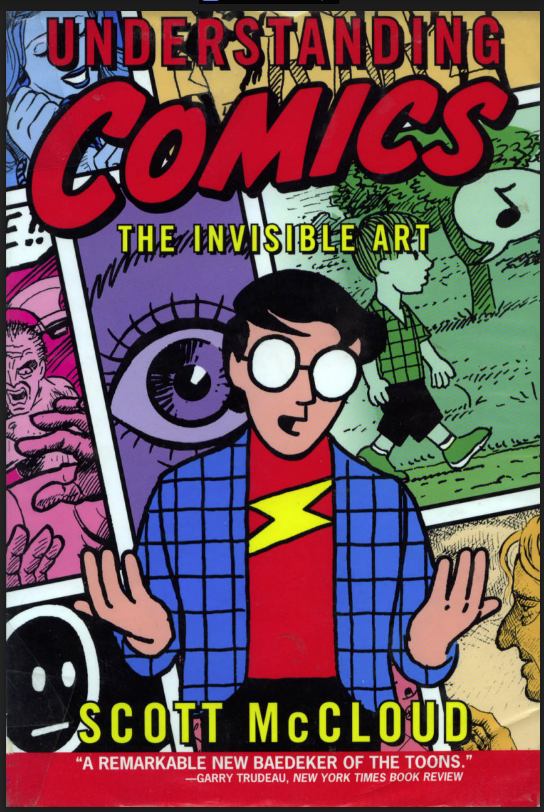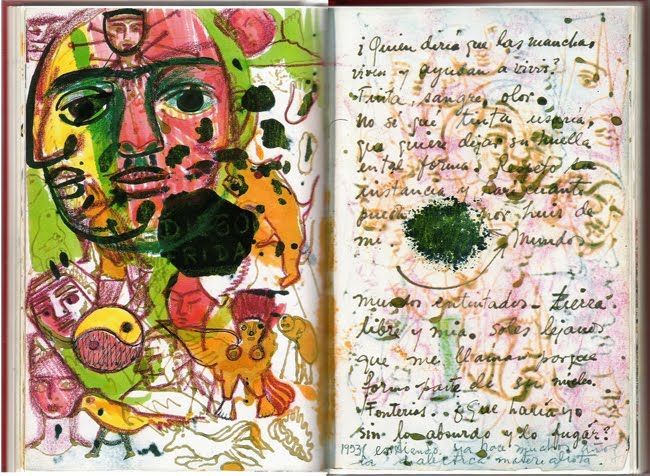Class Info
- Date: Thursday, February 3rd
- Meeting Info: ZOOM CLASS INFO BELOW
- Course Goals: In this course students learn strategies for creating finished, professional-quality sequential illustrations combining words and pictures based on topical themes, autobiographical stories, and self-guided narratives. Topics and strategies include: storytelling focusing on single-panel, multi-panel, and multiple-page sequential illustrated stories. Projects will be completed using an array of digital and traditional media. This class will focus on sequential art: sequential art can be comic books, graphic novels, children’s books, comic strips, and more. Topics and strategies include: storytelling focusing on single-panel, multi-panel, and multiple-page sequential illustrated stories. Projects will be completed using an array of digital and traditional media.
To-Do Before Class
- Join this Openlab Site
- Print and Review the Syllabus
- Purchase Required Books and Supplies
Topic
WELCOME TO NARRATIVE ILLUSTRATION
Objectives
- To familiarize students with the objectives of the course.
- To establish working practices and clarify expected outcomes.
- To familiarize studnets with Sequential Art.
- To introduce the concept of Time a it realtes to storytelling using images.
Activities
Online Course structure and Expectations
- LECTURE: What is Narrative Illustration? What is Sequential Art? What is a Comic?
- DISCUSSION : Genres and Styles: Comics, Graphic Novels, Manga, Zines, Web Comics / IG COMICS
- DISCUSSION : Comics are an Artform meant to be READ.
- READING DISCUSSION: MAUS by Art Spiegelman banned in Tennessee.
- LECTURE: TIME as it relates to comics.
- DRAWING ACTIVITY : DRAWING TIME
- DRAWING ACTIVITY : DRAWING ACTIONS WITHIN A PANEL
- DISCUSSION: What are some of the ways words and images interact in comics? How might the meaning of a drawing change when combined with different words?
- LECTURE: The 1 Panel COMIC
- ACTIVITY: New Yorker Magazine CARTOON CAPTION CONTEST
Review Assignments and Expectations for Next Week’s Class
Due Next Week
_________________________________________________________________________
Sara Woolley is inviting you to a scheduled Zoom meeting.
Topic: COMD 3513 Narrative Illustration
Time: Feb 3, 2022 06:00 PM Eastern Time (US and Canada)
Join Zoom Meeting
https://us02web.zoom.us/j/86134668164?pwd=cWxNVDhrWDdNNWloMEE4d3NVWGN6dz09
Meeting ID: 861 3466 8164
Passcode: COMIX
One tap mobile
+16465588656,,86134668164#,,,,066926# US (New York) +13017158592,,86134668164#,,,,066926# US (Washington DC)
Dial by your location
+1 646 558 8656 US (New York)
+1 301 715 8592 US (Washington DC)
+1 312 626 6799 US (Chicago)
+1 346 248 7799 US (Houston)
+1 669 900 9128 US (San Jose)
+1 253 215 8782 US (Tacoma)
Meeting ID: 861 3466 8164
Passcode: 066926
Find your local number: https://us02web.zoom.us/u/keDePRTSU






Recent Comments